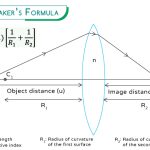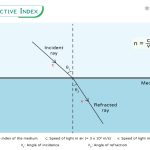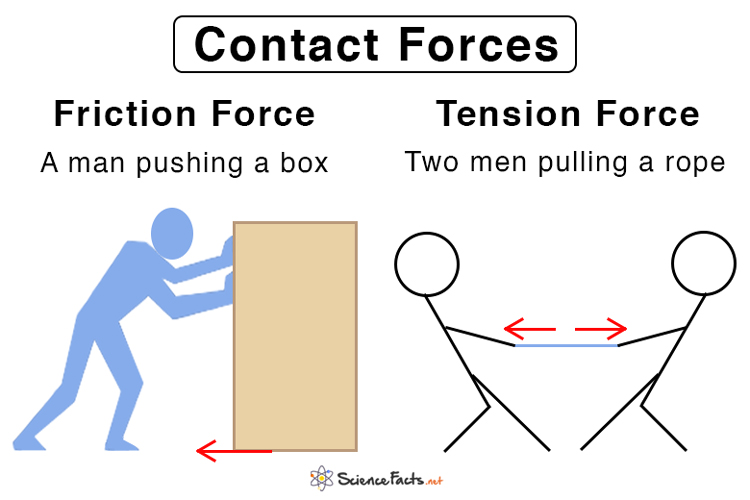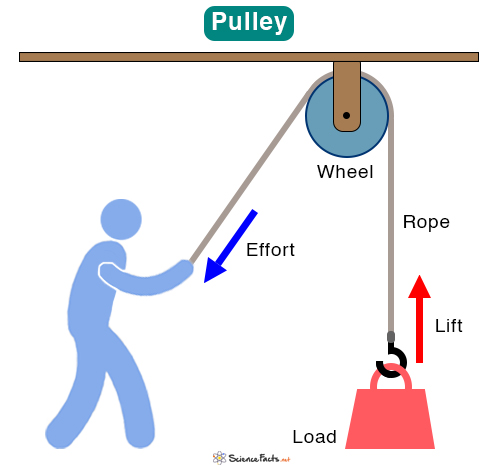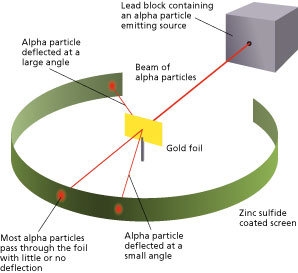Relative Velocity
Relative velocity is the motion of one object as seen from another object that is also moving. This concept helps describe how fast one object seems to move relative to another. For example, if two cars are moving in the same direction, the car behind will appear to move slower than its actual speed because the car in front is also moving.
Understanding relative velocity becomes clearer when we look at it from the perspective of reference frames, which help us describe motion based on where the observer is located.
Reference Frames
Consider two cars, A and B, moving in the same direction along a straight road. Car A moves at 70 km/h, and Car B at 50 km/h. To someone standing still on the side of the road (a stationary reference frame), Car A appears to move at 70 km/h and Car B at 50 km/h. However, for a driver in Car B (a moving reference frame), Car A seems to approach at a relative velocity of 20 km/h (70 km/h – 50 km/h).
Therefore, a reference frame is the observer’s point of view. From a moving reference frame, relative velocity accounts for the observer’s motion.
Relative Velocity Formula
To understand relative velocity mathematically, consider two objects, A and B, moving along a straight line. The formula is:
VAB = VA – VB
Here:
– VAB: Velocity of object A as observed from object B.
– VA: Velocity of object A relative to a stationary reference frame.
– VB: Velocity of object B relative to the same stationary reference frame.
This formula calculates how fast object A appears to move relative to object B. The key is subtracting VBV_BVB from VAV_AVA, considering their directions.
Example Problems
Problem 1: Objects Moving in the Same Direction
Imagine two cars, A and B, are moving in the same direction along a straight road. Car A travels at 80 km/h, and Car B travels at 60 km/h. To someone standing on the side of the road, these are their absolute velocities.
Using the formula:
VAB = VA – VB = 80 km/h – 60 km/h = 20 km/h
This means that, to the driver of Car B, Car A appears to move forward at just 20 km/h, even though it moves much faster relative to the ground.
Problem 2: Objects Moving in Opposite Directions
Now, imagine Car A traveling at 80 km/h while Car B travels at 60 km/h, but they are moving toward each other. From the perspective of the ground:
– Car A is moving at +80 km/h.
– Car B is moving at -60 km/h (because it is moving in the opposite direction).
Using the formula:
VAB = VA – VB = 80 km/h – (-60 km/h) = 80 km/h + 60 km/h = 140 km/h
In this case, the two cars appear to approach each other at a speed of 140 km/h when viewed from Car B.
Solved Problems
Problem 1: Two cyclists, Alice and Bob, are riding on a straight path in the same direction. Alice is cycling at 15 m/s, while Bob is cycling at 10 m/s. Find Alice’s relative velocity as seen by Bob.
Solution:
Given:
Velocity of Alice (VA) = 15 m/s
Velocity of Bob (VB) = 10 m/s
The formula for relative velocity is:
VAB = VA – VB
Substituting the values:
VAB = 15 m/s – 10 m/s = 5 m/s
Therefore, Alice appears to move forward at 5 m/s relative to Bob.
Problem 2: A car is traveling east at 25 m/s, and a truck is traveling west at 15 m/s. What is the relative velocity of the car as seen by the truck?
Solution:
Given:
Velocity of the car (VA) = +25 m/s (east is positive)
Velocity of the truck (VB) = -15 m/s (west is negative)
The formula for relative velocity is:
VAB = VA – VB
Substituting the values:
VAB = VA – VB = 25 m/s – (-15 m/s) = 25 m/s + 15 m/s = 40 m/s
Therefore, the car appears to approach the truck at 40 m/s relative to the truck.
So far, we have examined relative velocity in one dimension, where objects move along a straight line. But in real life, motion often occurs in two dimensions, such as cars at an intersection or airplanes flying at an angle.
Relative Velocity in Two Dimensions
In two dimensions, the velocities of objects are represented as vectors. Velocity vector has both a magnitude (speed) and a direction (angle of motion). To find the relative velocity between two objects, we subtract their velocity vectors, just like we did in one dimension, but now using vector subtraction.
The relative velocity formula becomes:
\[ \vec{V}_{AB} = \vec{V}_A – \vec{V}_B \]
Here, \( \vec{V}_A \) and \( \vec{V}_B \) are the velocity vectors of objects A and B. Subtracting these vectors gives us the velocity of object A as seen by object B. Since vectors have directions, this subtraction must follow the rules of vector mathematics.
-
References
Article was last reviewed on Thursday, January 9, 2025




